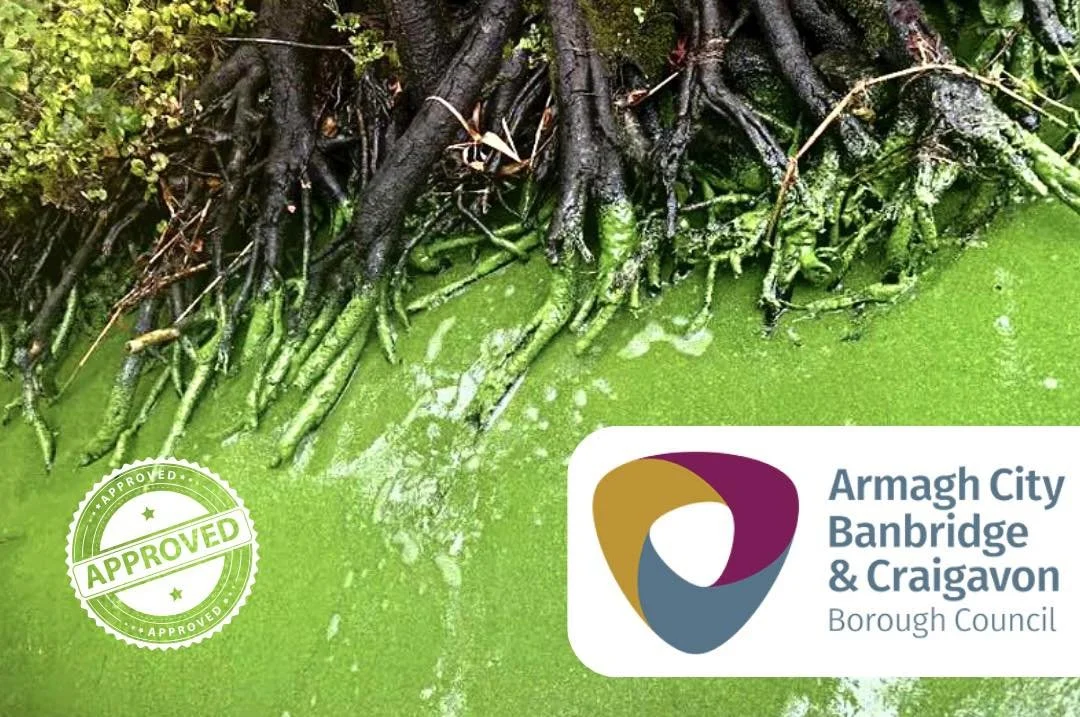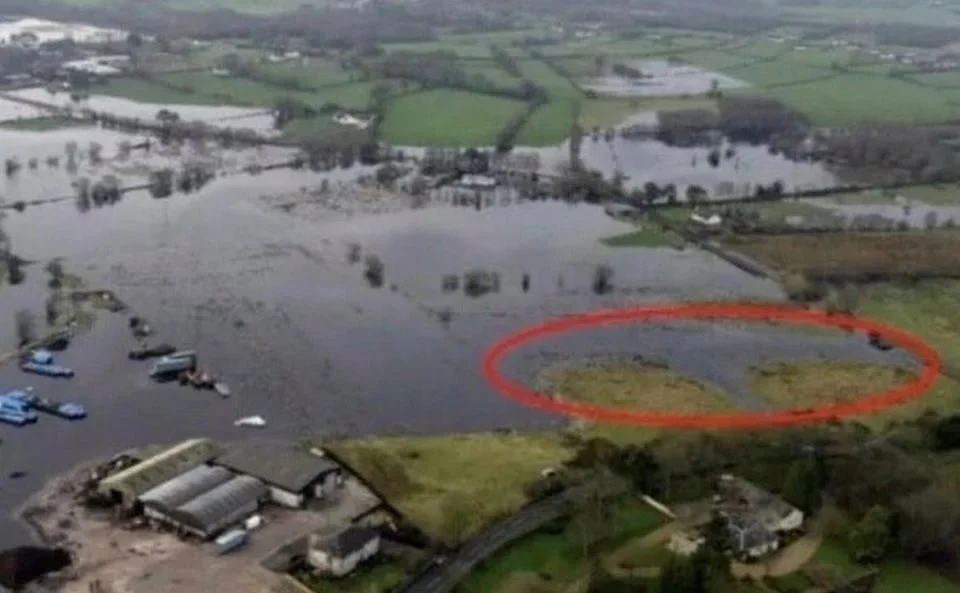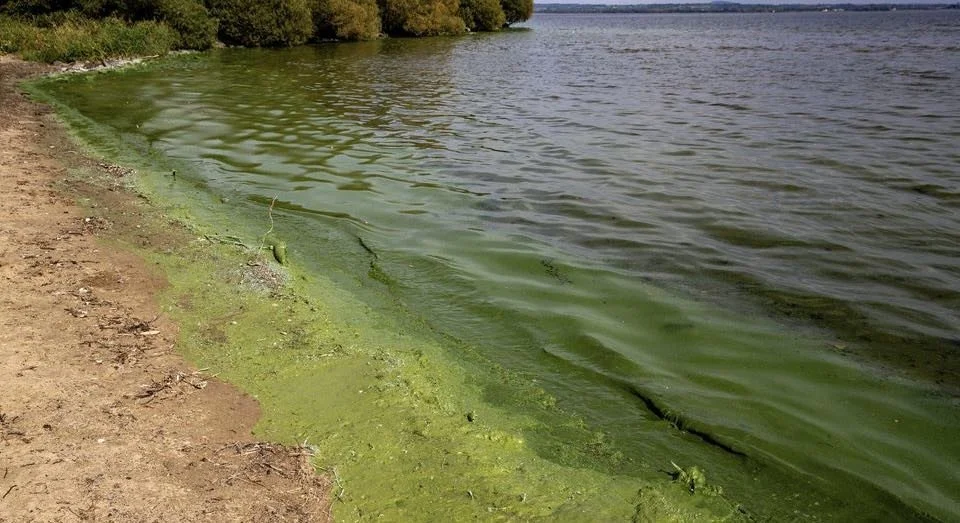Residents Around The Shores Of Lough Neagh Fear For The Future
As spring commences, people living around the shores of Lough Neagh are already awaiting with trepidation the return of cyanobacteria, a particularly dangerous blue-green algae which had a devastating impact on the loughs ecosystem last year.
Now, to add to this anxiety a landfill has been granted planning permission literally yards from the lough shore - approved in an undemocratic manner by three DUP councillors in Armagh City, Banbridge and Craigavon Borough Council.
At a recent council committee meeting to discuss whether or not to approve the planning application, several councillors from other parties were informed that they were not entitled to vote due to not having attended a site meeting in connection with the planning application.
As a result, the planning application for the landfill was approved, with three DUP councillors voting in favour of the dump, with only one other councillor voting to oppose it.
At least seven other councillors, all of whom opposed the planning application, were not permitted to vote.
This blatant gerrymandering of a decisive vote and the resultant planning approval has already caused uproar around the Maghery area where the landfill is to be located, as well as in neighbouring communities.
For many people in these communities, Lough Neagh is not only a vital natural resource, it is also an integral part of their everyday lives.
The proposed site of the landfill.
In addition to this, the DUP councillors who voted to approve the planning application appear to have totally ignored evidence that the location of the proposed landfill site is actually one prone to regular flooding.
There is now an increased risk of further pollution to the lough because of this decision, with the inevitable waste-water run-off from the site only adding to the lough’s ongoing problems.
Last year, much of Lough Neagh was severely impacted by the presence of huge swathes of the poisonous blue-green algae.
The algae, also know as cyanobacteria, proved dangerous to anyone or anything that entered the water, with pet dogs and wild birds dying, and a number of people becoming severely ill. People who regularly used the lough for recreation, or others who depended on the lough for their livelihoods had to keep well away from the water.
Pollution caused by phosphates and other excess nutrients contained in agricultural fertiliser and slurry run-off has severely impacted the lough, with poor wastewater treatment, including sewage discharges from NI Water treatment plants, also contributing to the problem. A British legal power known as Crown Immunity allows for Lough Neagh to serve as both a sewage outfall and a reservoir for drinking water.
Blue-Green algae washing up on the shores of Lough Neagh last year.
Other factors, including the industrial scale extraction of sand from the lough bed, are also be accelerating the eutrophication (nutrient-loading) process that has allowed this destructive algae to flourish.
The ‘ownership rights’ of the lough still reside with Dorset based British aristocrat Nicholas Ashley-Cooper, the 12th Earl of Shaftesbury, whose family were ‘granted’ ownership of Ireland’s largest lough during the Plantation of Ulster in the 1600’s. These ‘ownership rights’ ensure that Ashely-Cooper receives a royalty payment for every ton of sand that is extracted from the lough bed.
The lough is still being heavily polluted as we speak, and yet there is still no sign of a proper plan to prevent the death of this vital natural resource.
The obvious solution to this current state of chaos is to bring Lough Neagh, including the lough bed, waters and shoreline into public ownership, in combination with the establishment of a new public body to oversee the sustainable, long-term, management of the lough.
Critically this new public body must be granted sufficient legal powers to end the pollution and habitat destruction that has defined Lough Neagh for decades.
For too long both partitionist states have been only too willing to permit the exploitation of the public’s natural resources for private gain - to the detriment of the natural environment and communities across the entire island.
It is now time for effective, proactive and meaningful change. There is simply no other alternative. Lough Neagh must be brought into public ownership to save it.



